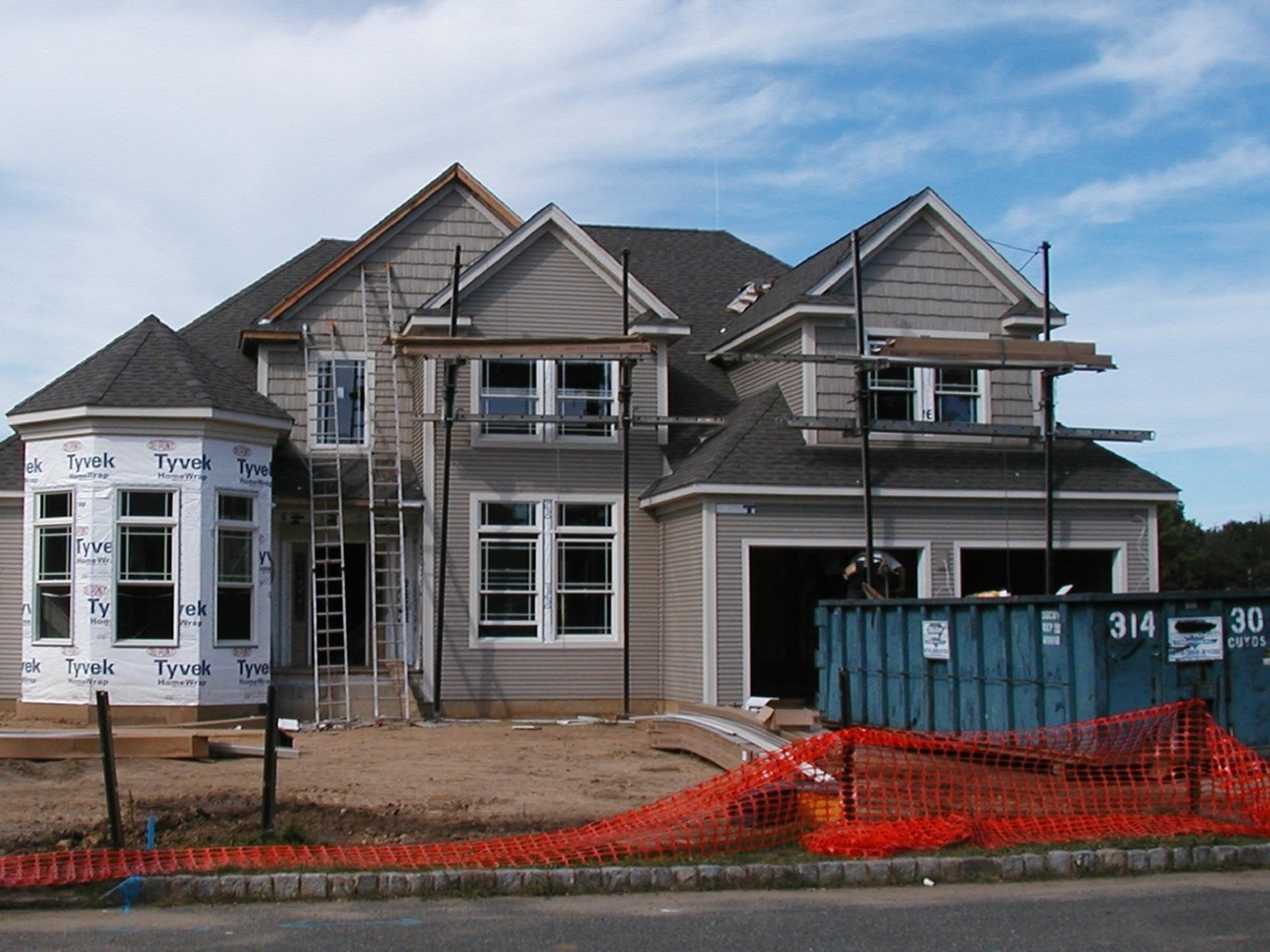The Problem with Competitive Bidding

Some big obstacles stand in the way of the three-bid advice.
Folk wisdom, online articles, and basic instincts advise homeowners to solicit bids from several qualified contractors. But three major obstacles get in the way of making those bids realistic and useful: the need for detailed plans and job specifications, the need for comparable bidders, and the need to structure the bids for easy comparisons. Getting all three right is rare.
The biggest hurdle concerns the plans and job specifications. For a bid to have meaning, it should spell out everything about the project, from the fixtures and appliances to the finishes. Detailed specifications take time and effort to write, and thus the details in a bid are often left vague. This can lead each bidder to make assumptions that yield widely divergent bids. And if the winning bidder’s assumptions differ from the homeowners’ assumptions (predictably), it plants the seeds for misunderstanding and disappointment.
Even finding three comparable bidders can be tricky. Owners may find it necessary to identify and interview four or five companies just to find two to compare. The emphasis is on comparable: for a million-dollar custom home, each bidder should have a stellar reputation as a builder of million-dollar custom homes. The architect (if the buyer has one) should be able to suggest builders with the needed experience.
Allowances are another area that creates confusion in the bidding process. An allowance is an assigned dollar amount for items that are not yet selected by the homeowner or architect. In both bids and contracts, allowances should be kept to an absolute minimum. When these selections are not made ahead of time and a dollar figure is substituted instead, the project’s schedule and budget can be compromised. Too many allowances also lead to too much guesswork in the bidding process.
Where allowances are unavoidable, each bidder needs to use the same number. For example, if the homeowners have decided to spend $30,000 on kitchen cabinets, that dollar amount needs to be on every bid.
The final element to get right is the structure of the bid. Each bidder should use the same bid sheet, with costs itemized the same way, to allow the homeowner to compare them easily. While a few architects distribute bid sheets to bidders, it is rare for contractors to use similar templates, making a real comparison very difficult and complex.
Each bid should also include a bottom-line price, an estimated completion date, and the builder’s change order policies and costs (including administrative charges). Such detailed bids take time to develop, so be reasonable when scheduling due dates for the bid. Three or four weeks is about right for a bid on a new, custom home.
Before making the final choice, the buyer and architect (if there is one) should meet with each bidder to review the bid, ask clarifying questions, and confirm numbers. This will help fix obvious discrepancies between bids and enable the homeowner to get to know the builder beyond the two-dimensional bid form.
The builders who are bidding should also have expectations. Creating a bid for a custom home can take 40 to 70 staff hours, plus additional hours from subcontractors and suppliers. Because of this, most bidders will want to know who they are bidding against: established pros don’t want to compete with outfits with reputations for lowballing bids and then charging for extras later on. And they may insist on there being no more than three bidders, so everyone has a fair chance.
Sometimes all the bids are beyond the expected budget limitations of the client—around 20 percent of the plans custom homebuilders see are over-designed for the customer’s budget. That risk, plus the multitude of obstacles that stand in the way of an accurate bid, is good reason to skip competitive bidding altogether. A lot of people who have built homes in the past have learned this the hard way and prefer to find a reputable professional builder they trust who can be involved in the home’s design from the beginning.